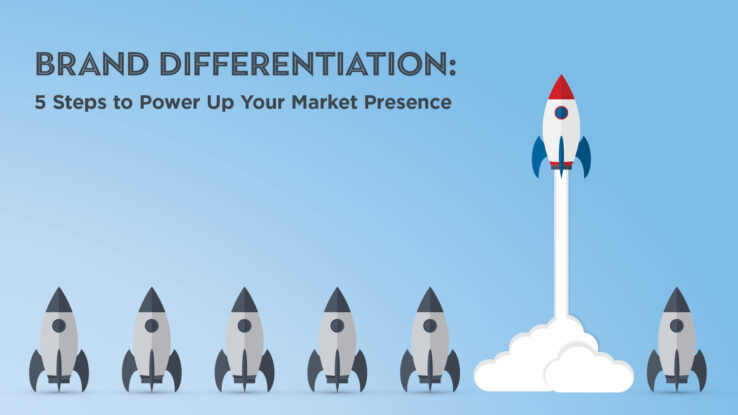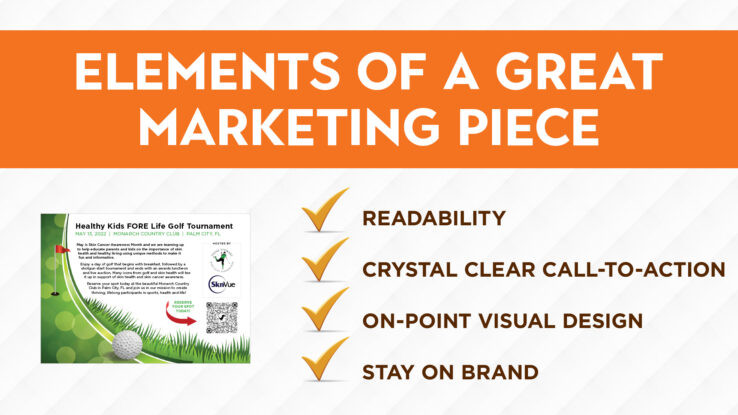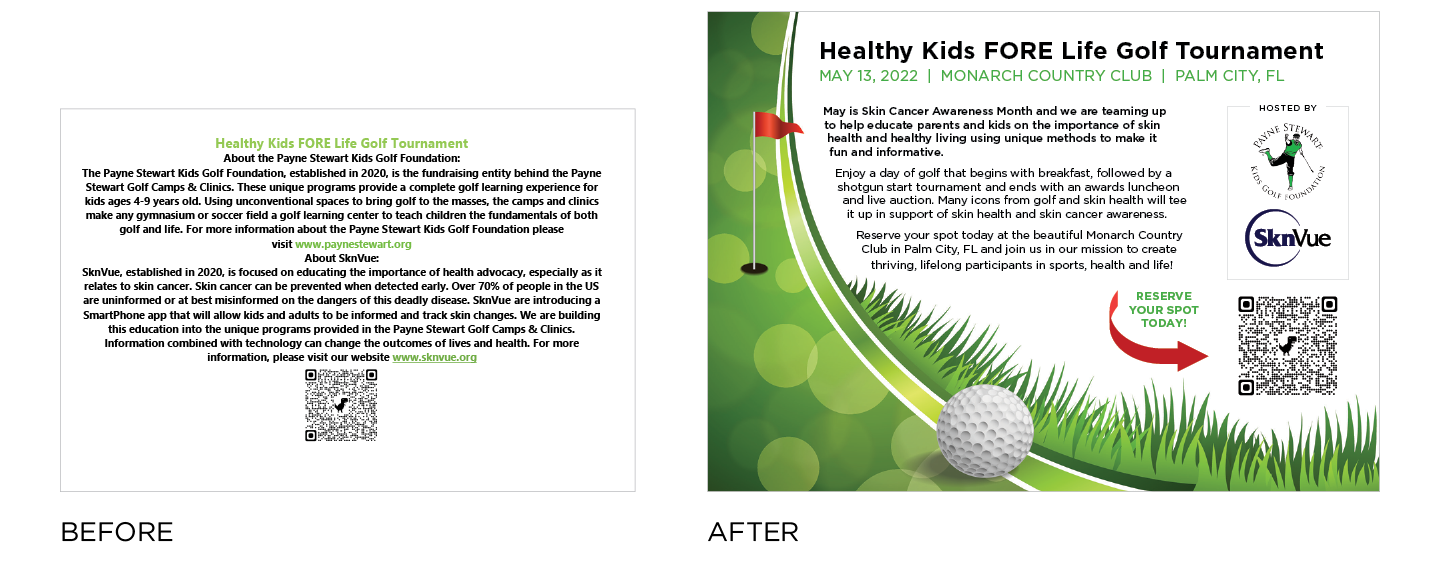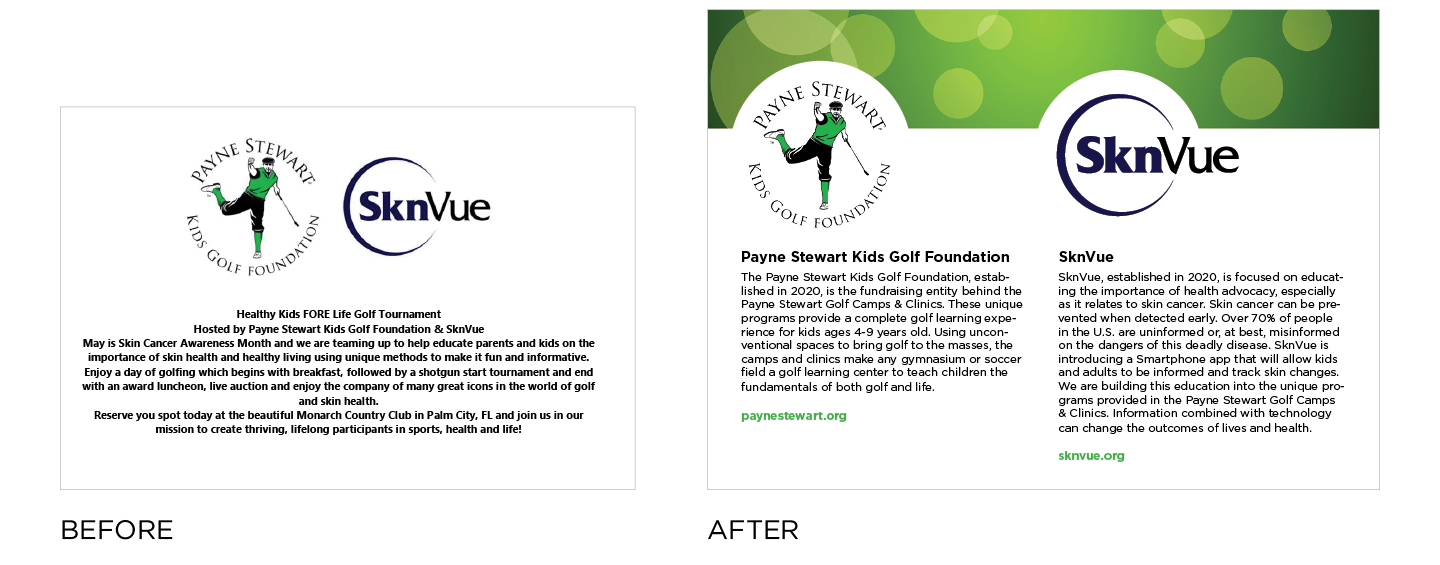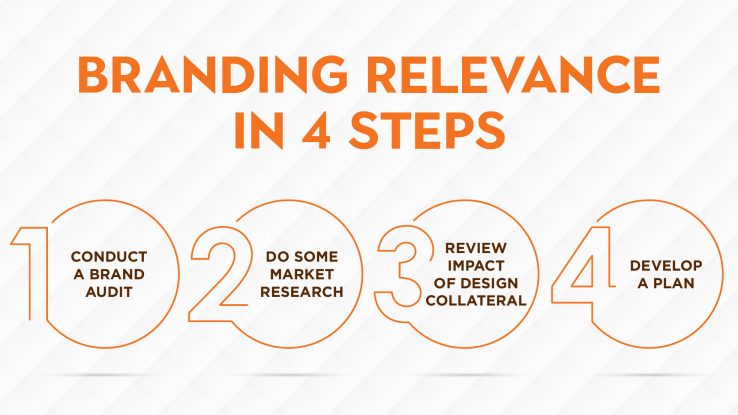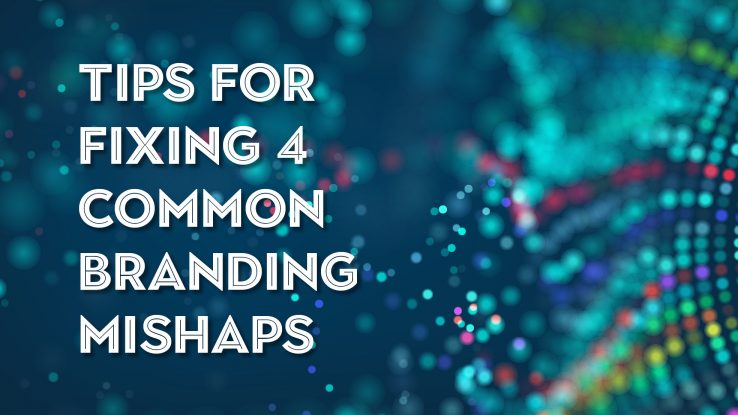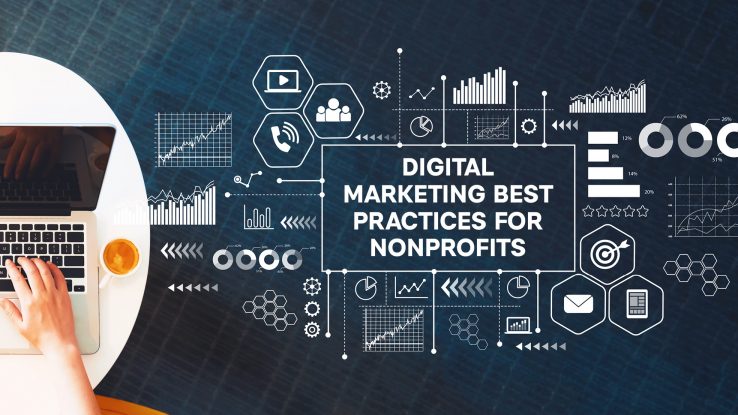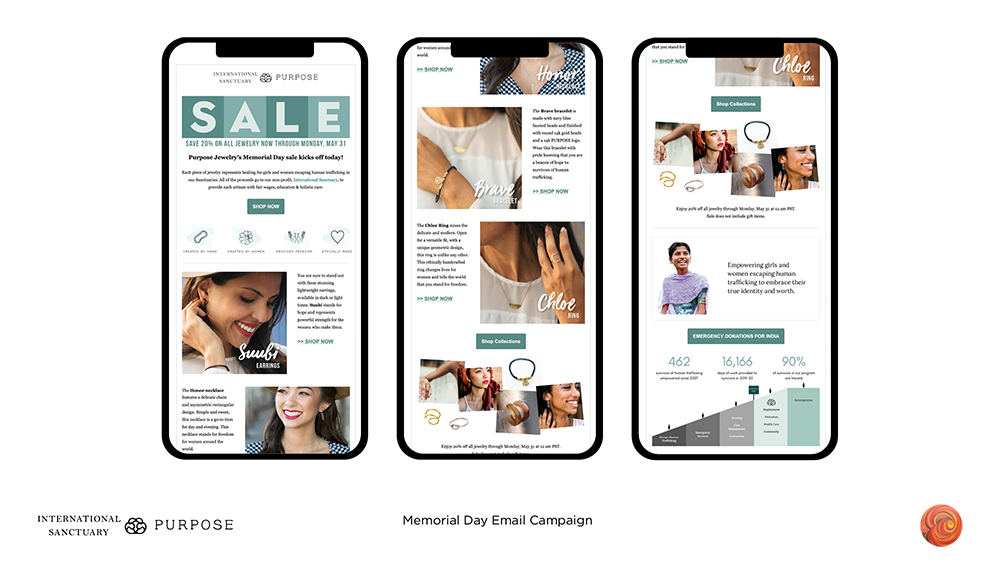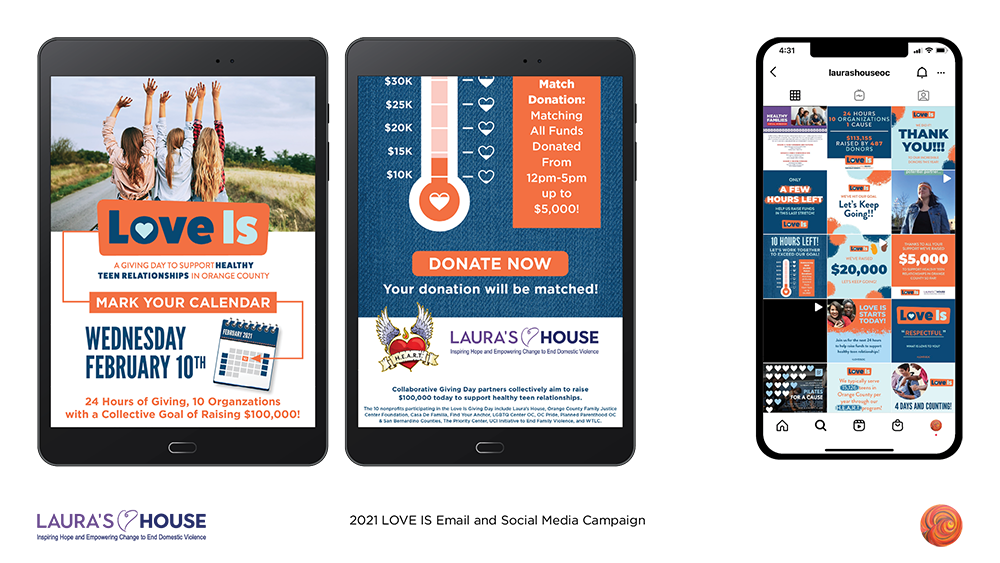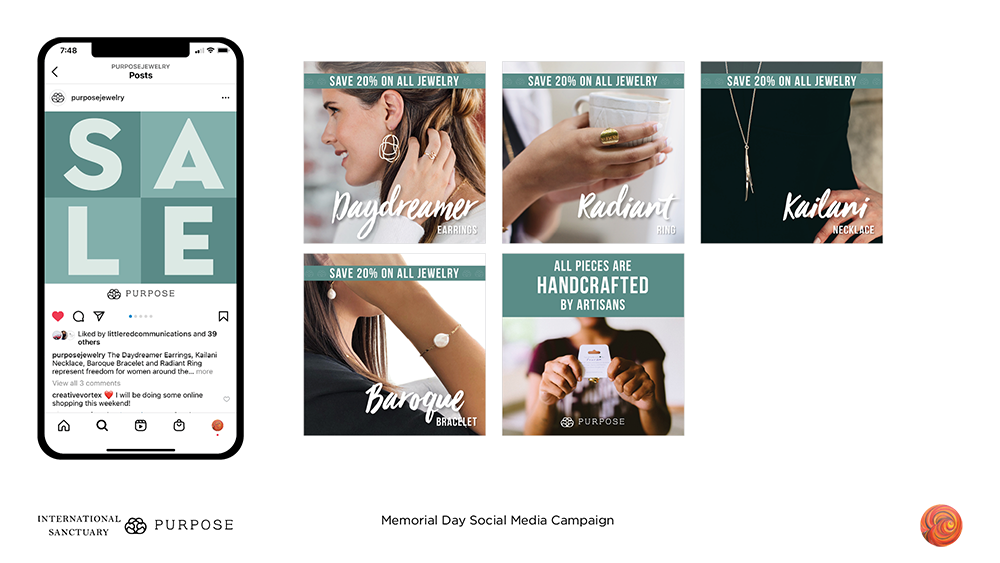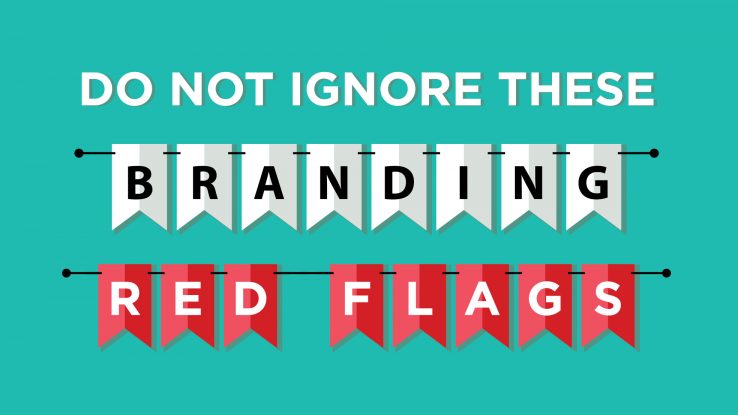Ever get a feeling of energy and flow that is effortless when performing a task or activity? I am talking about pure Zen! That is a Zone of Genius and it is your own unique power. It can be described as the sweet spot between skills, strength and talents. Most times, this is where entrepreneurs and small business owners are at and the reason they went into business in the first place. It is the passion that drove them to set out on their own and create a product or service that nobody else could!
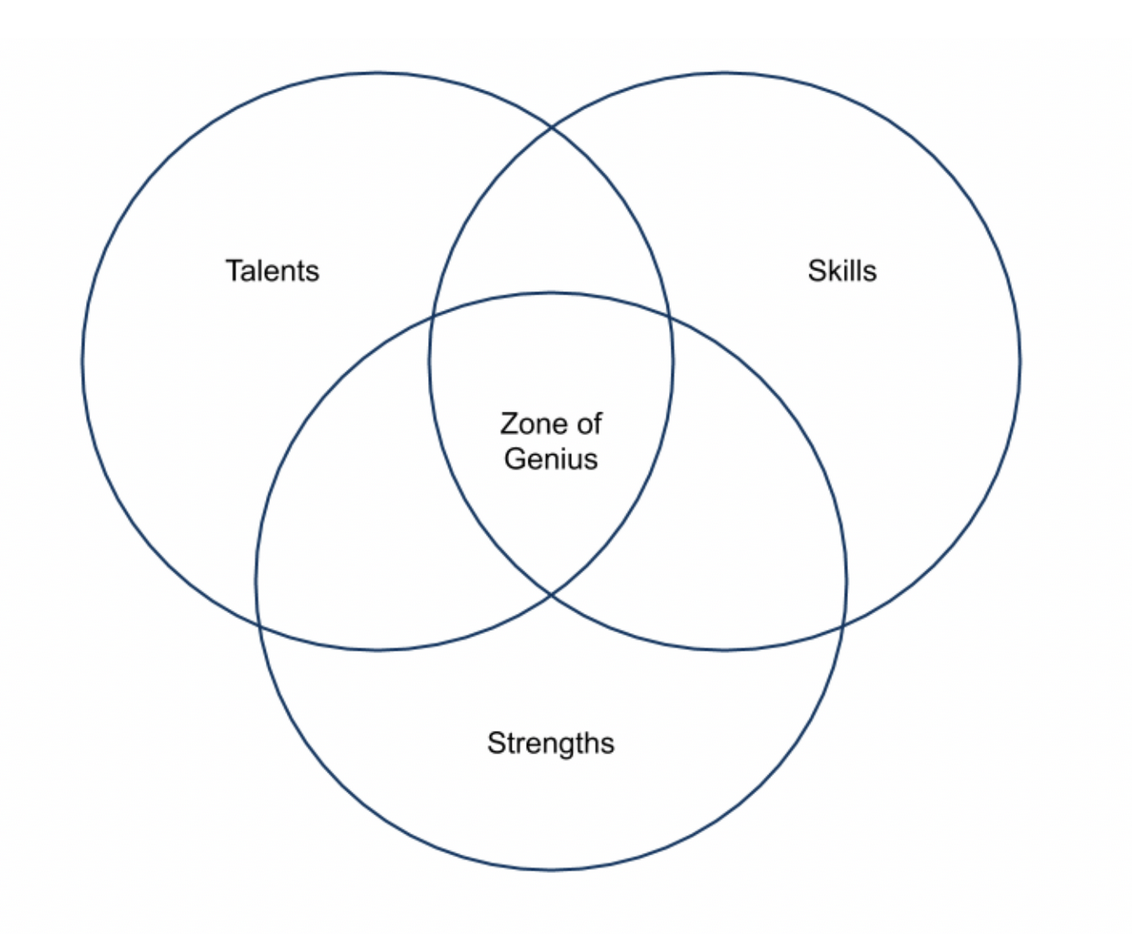
What does this all mean? The activities you participate in typically fall within one of four zones:
- Zone of Incompetence – things other people can do better than you
- Zone of Competence – Things you can accomplish and other can do too
- Zone of Excellence – Things you can do better than others, but you don’t enjoy it
- Zone of Genius – Things that you are uniquely good at and thoroughly enjoy doing
As someone inspired to start and run your own company, it is important to recognize where your Zone of Genius lies and when you start to drift into incompetence, competence, and excellence. What are the activities that you are spending your time doing that you aren’t very good at or are not enjoying? Could someone else be doing it better? Finding the right workflow means understanding what you want, what you are good at and what the organizations needs to grow and thrive.
Working in your Zone of Genius is all about finding joy and energy in a task. Anything that falls outside of that in Zones 1 – 3 needs to be considered carefully and then outsourced to people that find purpose in the job. The task could be overhauled or even eliminated. The Zone of Excellence can be tricky because you will do it well but not enjoy it. This is exactly how people end up in jobs they hate for 20+ years! Be transparent about how you feel about tasks and responsibilities … to yourself and to the people around you.
What is the best way to realize our Zone of Genius? Consider leveraging these exercises:
- Monitor work related tasks for a set period … two weeks is usually a good baseline
- Put each task into the Zones 1 – 4
- Tally up what went into each Zone
This is the fun part! For all the tasks that went into Zone 1 – 3 figure out ways to either eliminate (most of the time it is not feasible to completely eliminate a task, but it is possible periodically!), outsource it or rework the task to make it enjoyable.
Understanding your Zone of Genius means embracing your natural talent, which often can go ignored because you feel pressured to “like” another job or task better, a negative and subjective work evaluation or simply because you are overwhelmed trying to be everything to everyone.
Want to learn more about finding your Zone of Genius? Check out this YouTube video!


